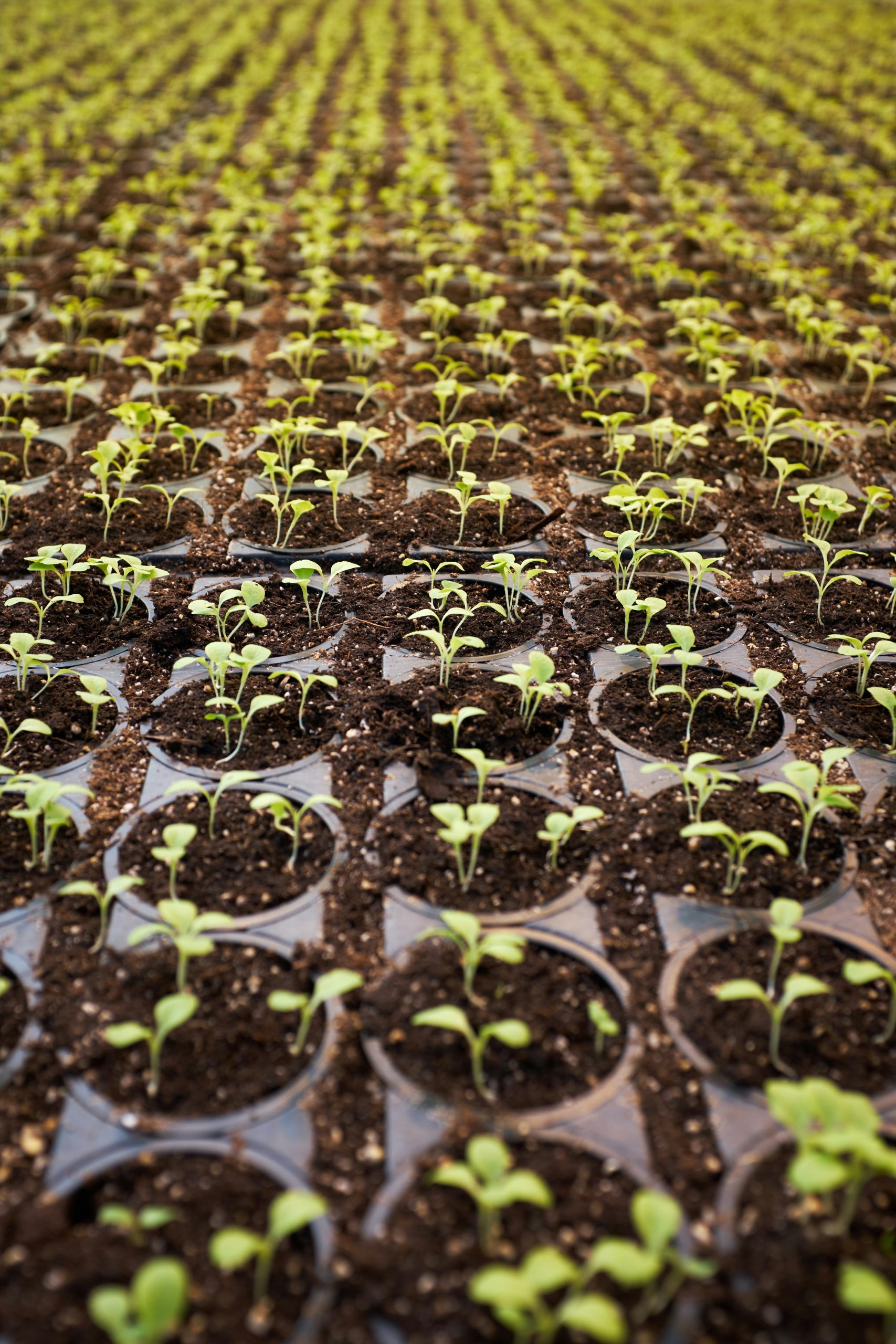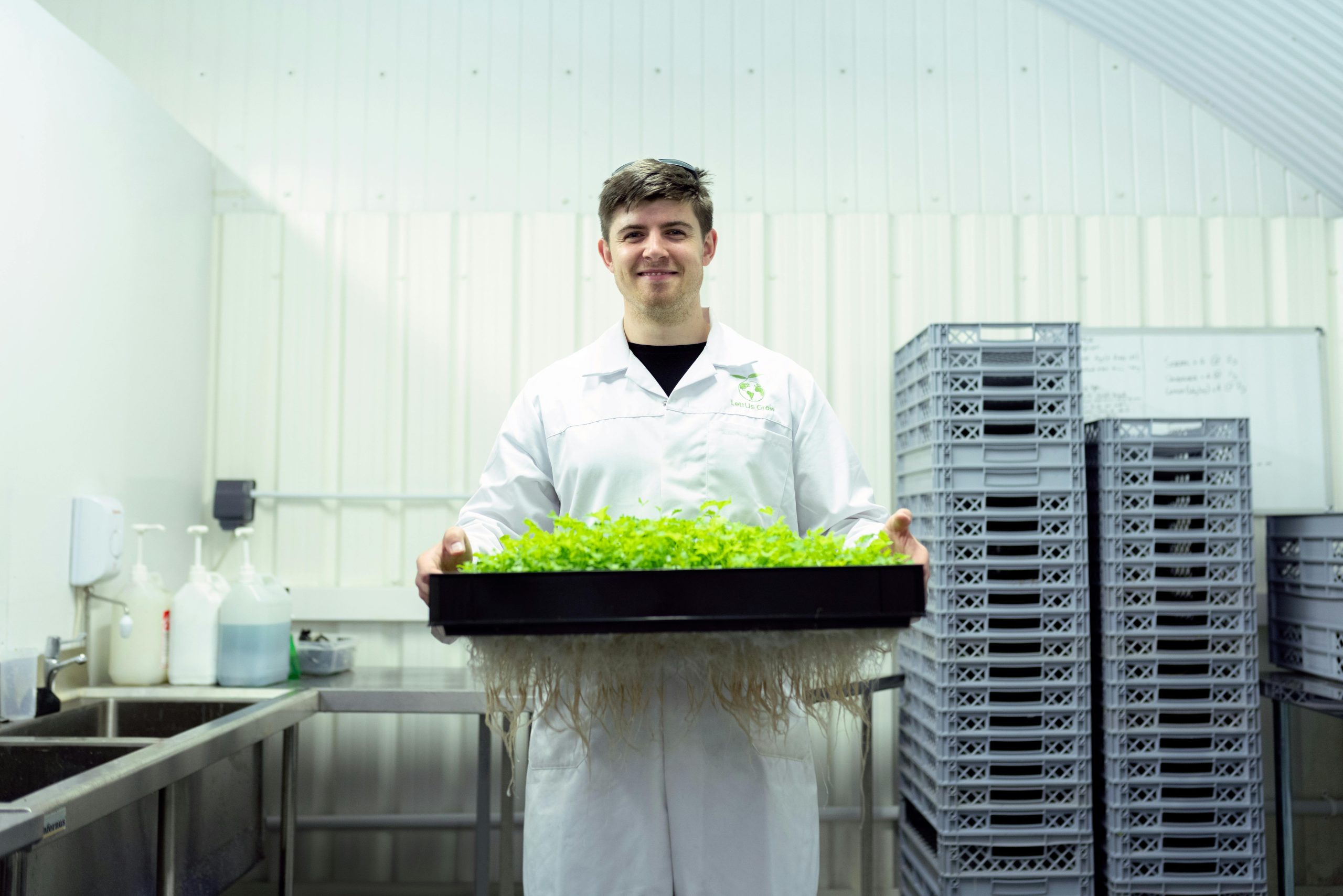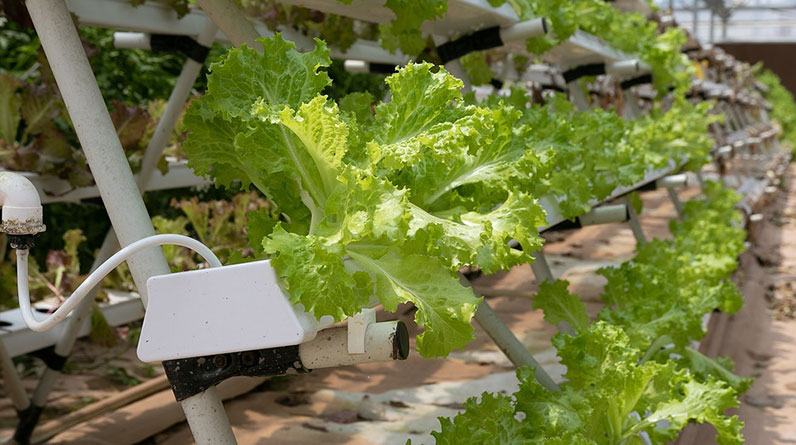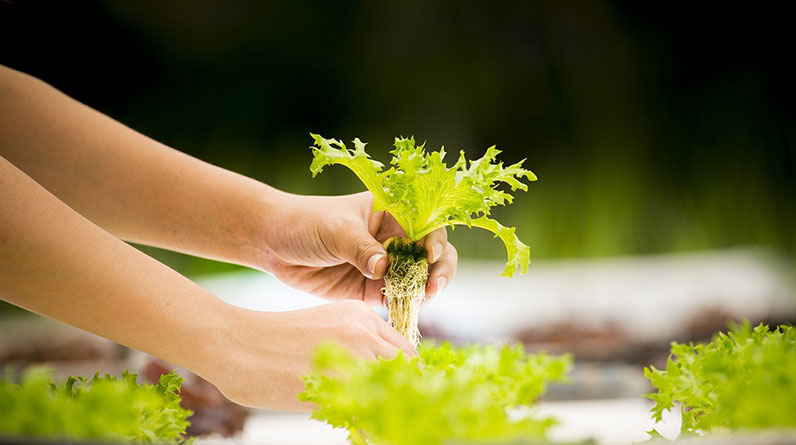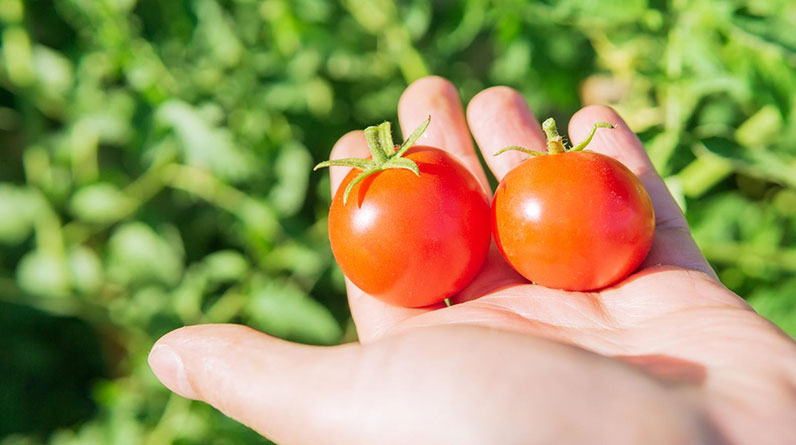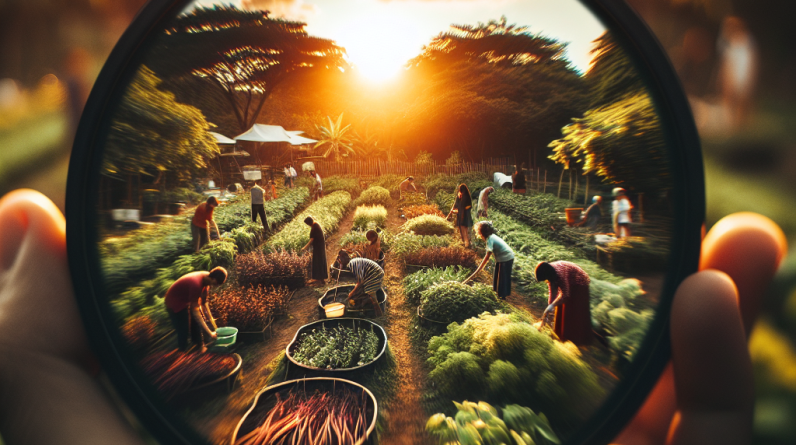
Understanding the Importance of Food Production
Why Growing Your Own Food Matters
Let me tell you, growing your own food is one of the most rewarding experiences I’ve had. Not only are you ensuring that what’s on your plate is fresh and organic, but you’re also connected to the earth in a way that is hard to describe. With all the uncertainty in today’s food supply chains, it feels so empowering to know I can produce my own bounty.
Farming, even on a small scale at home, gives you that sense of agency that is sometimes hard to find. Knowing where your food comes from not only improves your health but also boosts your mental well-being. Seriously, there’s something magical about getting your hands dirty and watching life spring up from the soil.
Plus, think about this: when you grow your food, you’re not just helping yourself. You’re also contributing to local economies and reducing your carbon footprint by decreasing the distance food has to travel. Now that’s worth celebrating!
The Health Benefits of Homegrown Food
Let’s dive into the personal benefits I’ve seen from homegrown food. First off, there’s no comparison to the taste of fresh fruits and veggies straight from the garden. For example, my home-grown tomatoes are bursting with flavor compared to any store-bought varieties. Seriously, it’s a game changer.
Home gardening also means I know exactly what pesticides (if any) are touching my plants. Organic is the name of the game over here, and it feels so great to nourish my body without the worry of harmful chemicals. It’s all about peace of mind, am I right?
Moreover, gardening has its physical benefits. You get a workout while you dig, plant, weed, and harvest. I can’t tell you how many calories I’ve burned just by tending to my little green friends!
Building Resilience Through Food Sovereignty
Food sovereignty is all about people having the right to healthy and culturally appropriate food produced through ecologically sound and sustainable methods. Imagine a world where everyone knows how to grow their own food. We’d have greater food security and less dependency on big corporations.
By growing your own food, you’re taking a stand for food sovereignty. You’re sending a message that you value fresh produce and want to control what you eat. It’s incredible to think of all the possibilities when we reclaim our rights as food producers.
Plus, engaging in this practice fosters community relationships. Sharing seeds, produce, and tips with neighbors creates a kind of food network that strengthens our community ties. Together, we can teach one another and grow as a united front against a complicated food system.
Getting Started with Your Own Food Production
Choosing the Right Space
Starting your own food production can be daunting, but I’ve learned it’s all about finding your space. Whether it’s a tiny balcony or a nice backyard plot, you’d be surprised at what you can do! Even if you’re in an apartment, there are ways to grow herbs and veggies in small containers or vertical gardens.
Take a good look at your environment and assess the light conditions. Different plants need different amounts of sunlight, so that can really dictate what you’ll be growing. I noticed that my sunny windowsill was perfect for herbs like basil and cilantro. Other veggies might prefer shaded corners. Knowing what works is key!
Recently, I started using hydroponics as well as traditional soil gardening. If you’re limited on space, hydroponics can be an awesome alternative. Plus, it’s kind of like playing science experiments with your food, which I totally dig!
Choosing the Right Plants
Once you have your space, the next step is selecting the right plants. I remember feeling overwhelmed by the number of seeds available at the store, but the key is to start simple. I always recommend starting with plants that are easy to grow, like lettuce, radishes, and herbs.
As you become more comfortable, you can branch out to more challenging crops. Tomatoes and peppers can be a little trickier but are so rewarding to grow! You’ll be amazed when you see them start to flower and then produce delicious fruit.
Don’t forget to consider the seasons! It’s super helpful to know which plants can be grown when. I’ve kept a little calendar that notes what to plant each month, and it’s saved me a lot of unsuccessful attempts. Too many people jump in without a plan, but having a garden calendar can keep things organized.
Implementing Sustainable Practices
The concept of sustainability is huge in food production. I can’t stress enough how important it is to conserve water, use organic materials, and practice crop rotation. These practices not only improve soil health but also make your plants thrive.
Composting is one of my favorite sustainable practices. I’ve got a little compost bin in the yard, and it’s incredible how much waste I can save from the landfill while creating nutrient-rich soil for my garden. It feels like a win-win!
Also, think about companion planting, where you grow plants together that support each other. For example, planting marigolds alongside your veggies can help deter pests naturally. It’s like having a natural defense system right in your garden!
Harvesting and Preserving Your Food
The Joy of Harvesting
Alright, let’s talk about one of the best parts: harvesting your produce! There’s something so satisfying about picking your food right when it’s juicy and ripe. I always make sure to check for ripeness; it’s like a mini celebration every time I gather my bounty.
Don’t forget to share! I love gifting my neighbors some of my harvest. It strengthens relationships and fosters a spirit of community. Besides, nothing says “thank you” like a basket of freshly picked tomatoes.
And of course, take a moment to celebrate all your hard work! A meal made with fresh ingredients from your garden can be one of the best dining experiences. I often whip up a garden salad or throw everything on the grill for an outdoor feast!
Preserving Your Harvest
Ever heard of preserving? It’s a fantastic way to enjoy your garden’s rewards long after the growing season ends. I’ve dabbled in canning and pickling. You wouldn’t believe how easy it is! Plus, they make great gifts for the holidays.
Freezing is another great option. I often freeze tomatoes, herbs, and even crops like green beans. It’s super handy for busy days when cooking from scratch is tough. Just toss the frozen goodies into a pot and you’re halfway to a delightful meal!
Also, don’t overlook drying! I’ve dried herbs and even created my own spice blends. It’s fun to experiment and adds a personal touch to ordinary meals. Who doesn’t love to show off their own home-grown herbs in the kitchen?
Sharing Your Knowledge and Experience
As I continue my journey in food production, I’ve realized that sharing what I’ve learned is just as rewarding as growing my food. Be it through blogs, workshops, or community gardens, spreading knowledge helps others embark on a similar path.
Consider starting small—maybe just a neighborhood gathering to share gardening tips or organize a seed swap. I’ve found that I learn so much from others, and it builds a stronger community focused on sustainable living!
Remember, your experiences, even the failures, can serve as valuable lessons for others. By being open about my journey, I’ve inspired friends to grow their own food, and it’s amazing to watch the ripple effect take place. Together, we can all grow!
Frequently Asked Questions
Why should I grow my own food?
Growing your own food connects you to nature and ensures you have fresh, organic produce while contributing positively to your health and local community.
What are the easiest plants to start growing?
For beginners, I recommend starting with herbs like basil or parsley, along with easy-to-grow veggies like lettuce and radishes. They’re forgiving and yield results fairly quickly.
How do I make my garden sustainable?
Implement practices like composting, rainwater harvesting, and crop rotation to maintain soil health and encourage biodiversity. Every little step counts!
What’s the best way to preserve my harvest?
Canning, freezing, and drying are three great methods to preserve your harvest. Each method has its advantages and can help reduce food waste.
How can I get my community involved in food production?
Start by sharing your knowledge through workshops, neighborhood gardening groups, or seed swaps. Creating connections can motivate others to join in!”,




